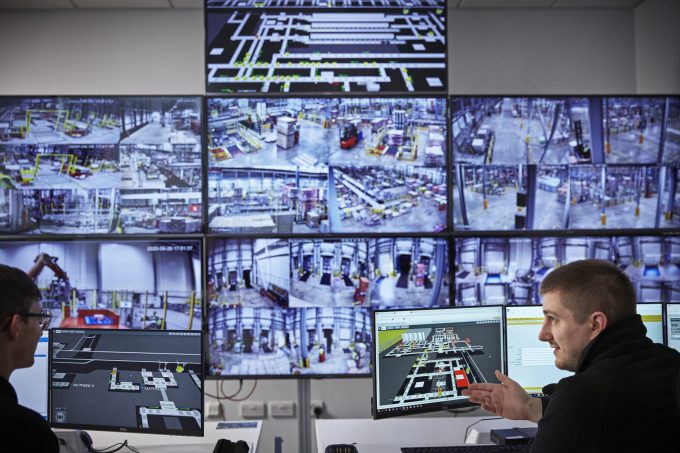GXO claims Wincanton takeover will not hurt UK food retailers
The world’s largest pure-play contract logistics operator (PPCLO), GXO, has argued that its intended acquisition ...

Today, businesses are being squeezed on all sides. They must contend with high inflation, supply chain disruptions and scarce labour while trying to meet rising consumer expectations for low prices, fast delivery, order accuracy and easy returns.
To relieve these pressures, businesses are increasingly outsourcing their ...
MSC switches two more Asia-Europe port calls from congested Antwerp
Canada and Mexico get cosy with trade plan to bypass US
Front-loading frenzy has made traditional H2 peak season 'unlikely'
Tradelanes: Export boom in Indian sub-continent triggers rise in airfreight rates
Carriers introduce surcharges as congestion builds at African ports
Mexican airport modernisation plan unlikely to boost cargo facilities
Ports and supply chain operators weigh in on funding for CPB
Tradelanes: Overcapacity on Asia-S America impacting alliances and rates

Comment on this article